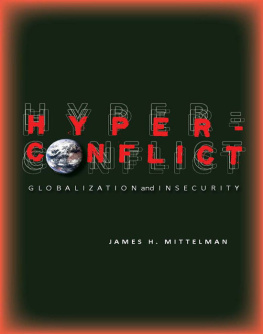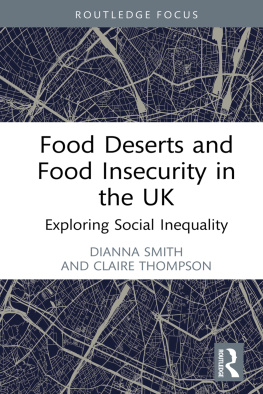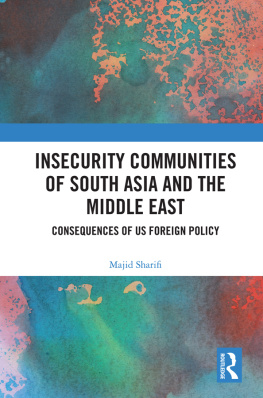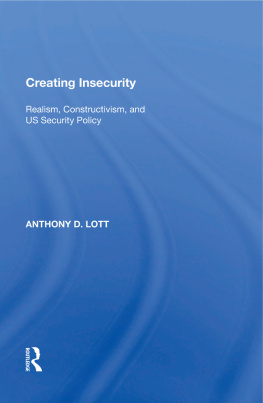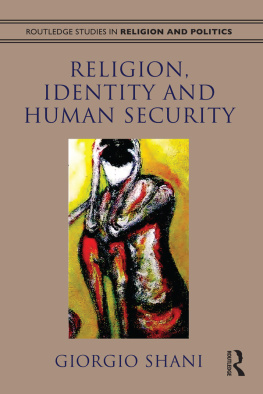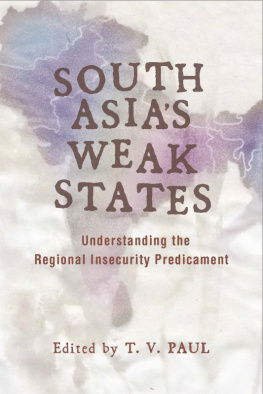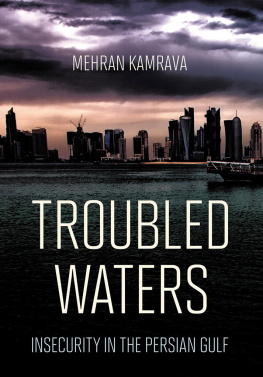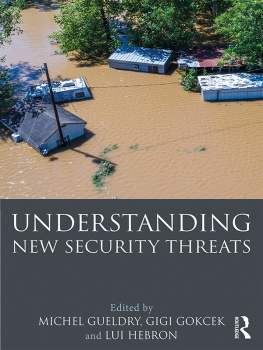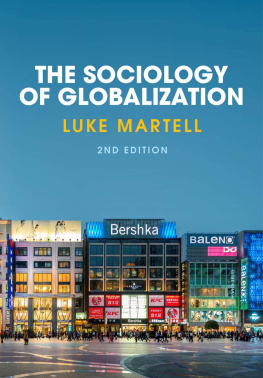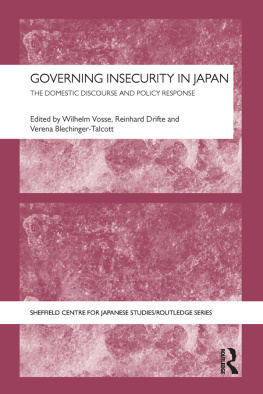Hyperconflict
GLOBALIZATION AND INSECURITY
James H. Mittelman
STANFORD SECURITY STUDIES
An Imprint of Stanford University Press
Stanford, California 2010
Stanford University Press
Stanford, California
2010 by the Board of Trustees of the Leland Stanford Junior University.
All rights reserved.
No part of this book may be reproduced or transmitted in any form or by any means, electronic or mechanical, including photocopying and recording, or in any information storage or retrieval system without the prior written permission of Stanford University Press.
Printed in the United States of America on acid-free, archival-quality paper
Library of Congress Cataloging-in-Publication Data
Mittelman, James H.
Hyperconflict : globalization and insecurity / James H. Mittelman
p. cm.
Includes bibliographical references and index.
ISBN 978-0-8047-6375-2 (cloth : alk. paper)
ISBN 978-0-8047-6376-9 (pbk. : alk. paper)
ISBN 978-0-8047-7714-8 (electronic)
1. Globalization. 2. International relations. 3. Security, International. 4. International economic relations. 5. World politics1989-. I. Title.
JZ1318.M57 2010
303.4dc22 2009021453
Typeset at Stanford University Press in 10/14 Minion
For Linda
Alexandra, Jordan, and Alicia
CONTENTS
(Coauthored with Jacob Stump)
(Coauthored with Priya Dixit)
TABLES AND FIGURES
TABLES
FIGURES
ACKNOWLEDGMENTS
A project of this scope benefited from substantial assistance along the way. A visiting professorship at the Institute of International and Malaysian Studies at the National University of Malaysia, resident fellowships at the Helsinki Collegium for Advanced Studies (a most congenial atmosphere in every respect), a travel grant from the American Political Science Association, and overall support from the School of International Service at American University were especially helpful.
I have had the good experience of presenting my research and receiving feedback from colleagues at the University of Newcastle upon Tyne, the University of Warwick, the University of Toronto, Johns Hopkins University, the Central European University, China Foreign Affairs University, lUniversit du Qubec Montral, RMIT University, Victoria University of Wellington, and annual meetings of the International Studies Association and the American Political Science Association.
Among the individuals to whom I am indebted are Jacob Stump and Priya Dixit, Ph.D. candidates at American University and coauthors of , respectively. I have also been immeasurably aided by capable research assistants: Priya Dixit, Daniel Dye, Carl Anders Hrdig, and Timo Pankakoski. I offer my humble thanks as well to hundreds of students who have contributed in myriad ways to my education.
I owe a large debt of gratitude to Richard Falk for writing an elegant foreword to this book. Special thanks go to Robert W. Cox, Pek Koon Heng, Randolph Persaud, Manfred Steger, Linda Yarr, and John Willoughby, who painstakingly read chapters and provided penetrating criticism. Mark Beeson and Christopher Chase-Dunn offered tough and constructive comments on a subsequent draft. Pek Koon Heng and Mika Ojakangas generously shared research materials. In addition, I am grateful for the exchange of views with Barry Gills, Akihiko Kimijima, James Rosenau, Heikki Patomki, and Raimo Vyrynen. I greatly appreciate their advice, though I have not entirely followed it, and bear sole responsibility for the results.
In addition, I have had the good fortune to work with Stanford University Press. Geoffrey Burn, director of the press and editor of Security Studies, graciously expressed confidence in my ideas and encouraged me to complete this book, several years in the making. His assistant Jessica Walsh and editors John Feneron and Jeff Wyneken helped greatly to hone the manuscript.
Above all, I acknowledge my wife, Linda Yarr, and our wonderful children, Alexandra, Jordan, and Alicia, for their forbearance, guidance, and unstinting love.
PREFACE
Matters of security and insecurity are endemic to the globalizing world that marks daily existence. Not conditions of ones own choosing, they are inseparable from personal experience. So, too, this book is about big, powerful structures. But there is also a story behind it. Not mere abstractions, the concerns in the pages ahead stem from my journey through life. Although not wanting to detain the reader with an autobiography that may be intrinsically uninteresting, I offer a brief personal history in the Preface, for I believe in the importance of self-reflectivity.
Born during World War II, I vividly recall my father and uncles recounting a history of U.S. military valor. Having served in the European and Pacific theaters of war, the veterans in my family returned to the home of the bravein the artful language of the national anthem, which we often recitedand found it painful to relive the grit of armed conflict. Nonetheless, these former soldiers continued to fight this war as a war of words. I was tutored in passionate narratives of masculinity, heroism, patriotism, and American invincibility. As my father put it, We won every war that we ever fought. And some family friends, Holocaust survivors, did not have to voice their horrific stories. Tattooed in blue with numbers from concentration camps, their forearms evinced such gruesome tales. Time and again, children of my age viewed war movies that graphically portrayed threats posed by the enemies of the free world.
At school, my teachers reinforced the narrative about U.S. military courage and love of freedom. In the wake of a shadowy war against a putative transnational enemy (the communist threat) in Korea, distinctions between we and they were inscribed in the consciousness of American youth. During drills in the 1950s, sirens sounded an alarm, signaling that teachers and students should quickly move to the schools interior corridors and put heads down on folded arms as a form of self-protection against impending nuclear attack. Although as a youngster, I had little knowledge of McCarthyism, I vaguely recall witnessing this scaremongering on television and radio, which alerted citizens to enemy agents within U.S. national borders.
Imperiled by the Soviet Union, the font of international communism, the United States no longer faced fascist dictatorships as its chief enemies. In this fearsome climate, our neighbors built fallout shelters, as they were called, and stockpiled such home fortifications with ample supplies supposedly to help them withstand the mushroom cloud that atomic bombs would visit upon us. If one needed a reminder of the gravity of this struggle, the Soviet Union launched Sputnik, spurring the United States in the space race.
Growing up in Ohio, I resided in an area subject to restrictive covenants applied on the basis of classifications of race, class, and religion at least until the 1960s, when rioters torched inner cities. In these heady times of conflict over civil rights and black power, parts of my hometown went up in flames.
So, too, many of my memories of university life in Michigan revolve around exclusionboundaries between friends and enemies. Of those who attended a lecture by Martin Luther King Jr., some students refused to stand and applaud; they remained seated in a show of disapproval of Kings values and goals. Their behavior was a sign of resistance to restructuring in not only the United States but also the transnational realm. For me, as for many Americans of my age, the assassinations of King and John F. Kennedy, and next his brother Robert, caused a deep sense of loss and soul-searching about violence.

